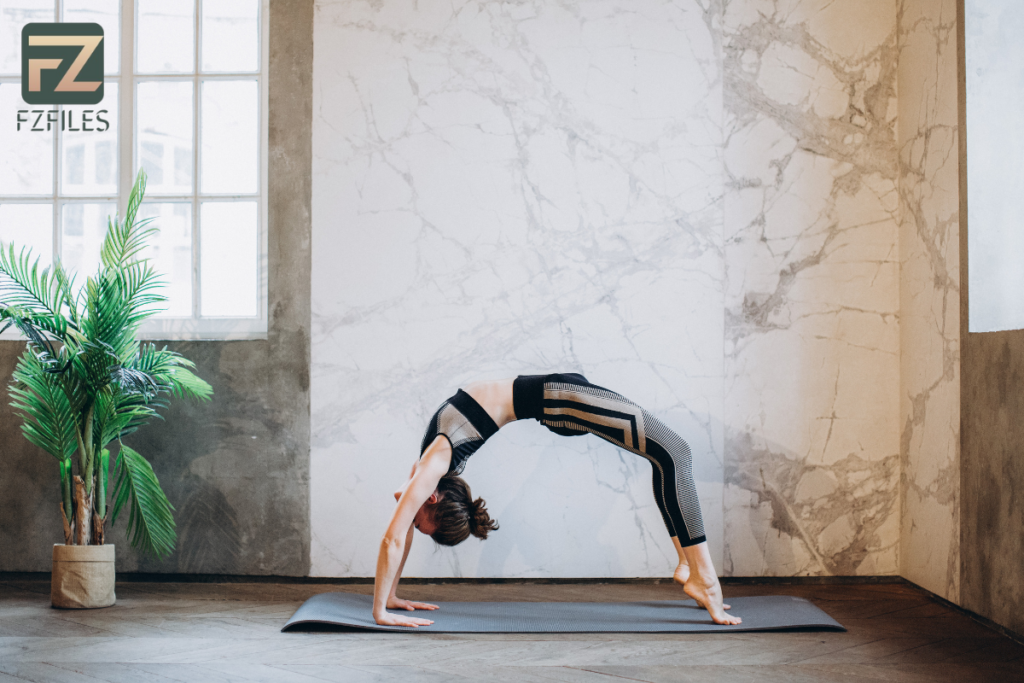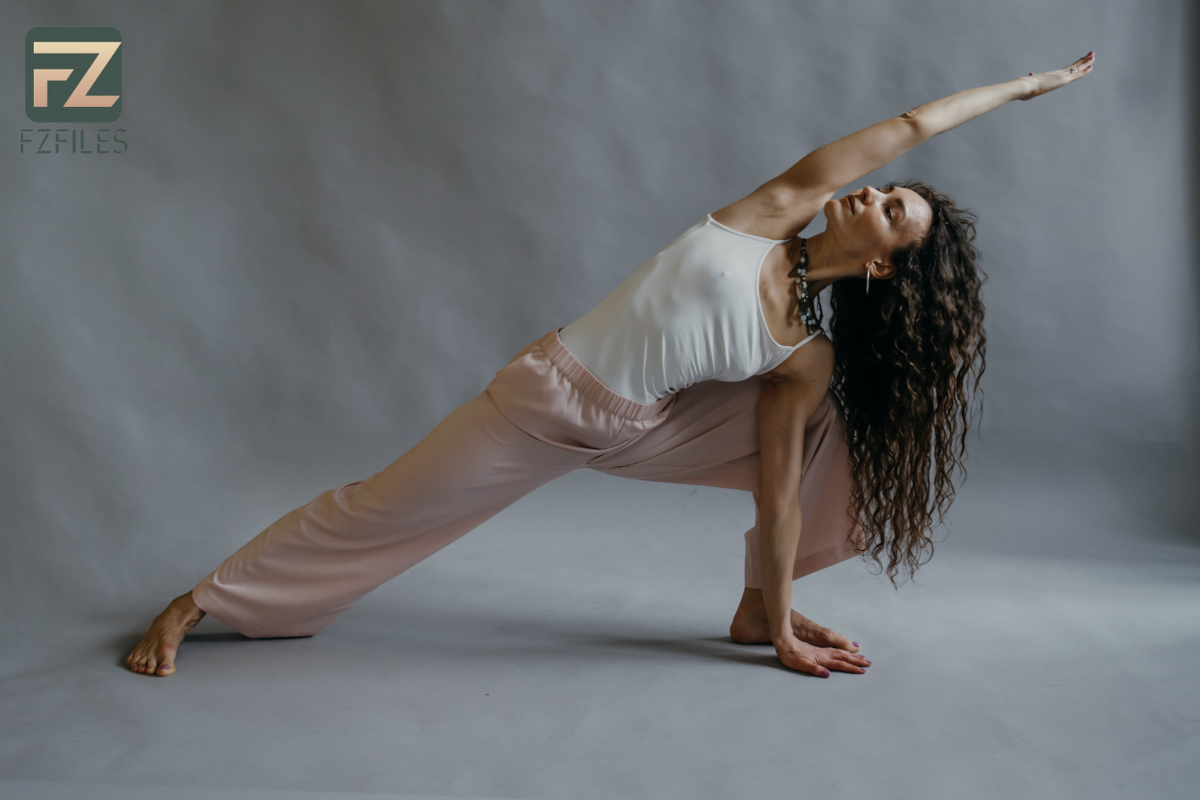Introduction
Flexibility is an essential aspect of physical fitness that enhances overall movement efficiency, reduces the risk of injuries, and improves posture. Whether you’re a beginner or an advanced practitioner, safely increasing flexibility involves understanding the principles behind stretching and incorporating the right techniques into your routine. This comprehensive guide, based on insights from the American Council on Exercise (ACE), Harvard Health Publishing, and Verywell Fit, will provide practical tips and guidelines for safely improving flexibility.
The Importance of Flexibility
Flexibility refers to the range of motion of your joints and muscles. It plays a crucial role in your overall fitness and well-being. Enhanced flexibility can lead to:
- Improved posture: Reducing strain on your muscles and joints.
- Better athletic performance: Allowing for more efficient and powerful movements.
- Reduced risk of injury: By preparing your muscles and joints for physical activity.
- Decreased muscle soreness: By aiding in muscle recovery and reducing stiffness.
- Enhanced relaxation and mental well-being: Stretching can help relieve stress and tension.
Understanding Flexibility
Types of Flexibility
- Dynamic Flexibility: The ability to move muscles and joints through their full range of motion during active movements. It is crucial for activities that require dynamic motion, such as sports and dance.
- Static Flexibility: The ability to hold a stretch for an extended period. It is important for improving overall flexibility and is typically performed post-exercise.
How to Increase Flexibility Safely
General Guidelines for Safe Stretching
- Warm-Up First: Always warm up before stretching. A brief aerobic activity, such as light jogging or jumping jacks, increases blood flow to your muscles, making them more pliable and less prone to injury.
- Sources:
- American Council on Exercise (ACE)
- Harvard Health Publishing
- Keywords:
- Warm-up before stretching
- Safe stretching practices
- Listen to Your Body: Stretch to the point of mild tension, not pain. Overstretching can lead to injuries. Pay attention to your body’s signals and avoid pushing beyond your limits.
- Keywords:
- Listening to your body
- Avoiding overstretching
- Breathe Normally: Breathing deeply and normally helps relax your muscles and improve the effectiveness of your stretches. Avoid holding your breath during stretches.
- Keywords:
- Breathing during stretching
- Relaxation techniques
- Consistency is Key: Incorporate stretching into your daily routine for the best results. Flexibility improves over time with regular practice.
- Keywords:
- Consistent stretching routine
- Daily flexibility exercises
- Use Proper Technique: Ensure you’re using the correct form and technique for each stretch to avoid injuries. Seek guidance from fitness professionals if needed.
- Keywords:
- Proper stretching techniques
- Safe exercise practices

Stretching Techniques for Beginners
Beginner Flexibility Exercises
- Neck Stretch:
- Sit or stand tall, gently tilt your head towards your shoulder, and hold the stretch for 15-30 seconds. Repeat on the other side. This helps release tension in the neck muscles.
- Sources:
- Verywell Fit
- Harvard Health Publishing
- Keywords:
- Neck stretch
- Beginner flexibility exercises
- Shoulder Stretch:
- Bring one arm across your body and use the opposite hand to gently pull it closer to your chest. Hold for 15-30 seconds. Repeat on the other side.
- Keywords:
- Shoulder stretch
- Upper body flexibility
- Standing Hamstring Stretch:
- Stand with your feet hip-width apart. Extend one leg out, heel on the floor, and lean forward slightly from your hips. Hold the stretch for 15-30 seconds. Repeat on the other leg.
- Keywords:
- Standing hamstring stretch
- Leg flexibility
- Calf Stretch:
- Stand facing a wall with one foot forward and the other foot back. Press the back heel into the ground while leaning forward slightly. Hold for 15-30 seconds. Switch legs.
- Keywords:
- Calf stretch
- Lower leg flexibility
Advanced Flexibility Techniques
Advanced Flexibility Exercises
- Pigeon Pose:
- From a kneeling position, bring one knee forward and extend the other leg behind you. Lean forward to deepen the stretch. Hold for 15-30 seconds. Switch legs.
- Sources:
- American Council on Exercise (ACE)
- Verywell Fit
- Keywords:
- Pigeon pose
- Advanced flexibility exercises
- Standing Quad Stretch:
- Stand on one leg and pull the other foot towards your buttocks, holding your ankle. Keep your knees together. Hold for 15-30 seconds. Switch legs.
- Keywords:
- Standing quad stretch
- Thigh flexibility
- Butterfly Stretch:
- Sit on the floor with your feet together, knees bent out to the sides. Hold your feet and gently press your knees towards the floor. Hold for 15-30 seconds.
- Keywords:
- Butterfly stretch
- Hip flexibility
- Chest Opener Stretch:
- Clasp your hands behind your back, straighten your arms, and lift them slightly while opening your chest. Hold for 15-30 seconds.
- Keywords:
- Chest opener stretch
- Upper body flexibility
Creating a Stretching Routine
Designing Your Routine
To maximize the benefits of stretching, incorporate both dynamic and static stretches into your routine. Aim to stretch at least three times a week, focusing on all major muscle groups.
Sample Stretching Routine
Pre-Workout:
- Dynamic Leg Swings: Stand and swing one leg forward and backward, then switch legs.
- Arm Circles: Extend your arms to the sides and make circular motions.
- Walking Lunges: Step forward with one leg, lower your hips, then switch legs.
Post-Workout:
- Standing Hamstring Stretch: Hold for 15-30 seconds on each leg.
- Standing Quad Stretch: Hold for 15-30 seconds on each leg.
- Shoulder Stretch: Hold for 15-30 seconds on each arm.
Daily Routine:
- Neck Stretch: Hold for 15-30 seconds on each side.
- Calf Stretch: Hold for 15-30 seconds on each leg.
- Chest Opener Stretch: Hold for 15-30 seconds.
Tips for Safe Stretching
- Warm-Up Before Stretching: A light aerobic activity before stretching can prevent injuries.
- Listen to Your Body: Stretch to the point of mild discomfort, not pain.
- Breathe Normally: Deep, relaxed breathing enhances the effectiveness of stretches.
- Be Consistent: Regular stretching improves flexibility over time.
- Use Proper Technique: Correct form and technique are crucial for safe stretching.
Conclusion
Increasing flexibility safely is a gradual process that requires patience and consistency. By incorporating dynamic and static stretches into your routine, listening to your body, and following proper techniques, you can improve your range of motion and overall physical well-being. Use the tips and exercises provided in this guide to create a personalized stretching routine that meets your fitness goals.
